In the crowded market of home and small business surveillance, Reolink has carved out a significant niche. They are often hailed as the go-to brand for DIY security enthusiasts looking for professional-grade features without the professional price tag. But the question remains, especially for those new to the brand: are Reolink cameras good?
The short answer is overwhelmingly positive, particularly when considering their value proposition. However, evaluating whether Reolink is the right choice for your specific needs requires a deep dive into their technology, product variety, and long-term performance. This comprehensive guide will explore the Reolink ecosystem, analyze their key features, and help you determine if they offer the robust, reliable security solution you require. We will investigate everything from image clarity and connectivity to smart features and customer support, providing a definitive verdict on the quality and utility of these popular cameras.
Contents
- 1 Understanding the Reolink Ecosystem: Who Makes Reolink Cameras?
- 2 Feature Breakdown: What Makes Reolink Stand Out?
- 3 Addressing the Crucial Question: Are Reolink Cameras Good in Practice?
- 4 Identifying the Best Reolink Cameras for Different Users
- 5 Potential Drawbacks and Considerations
- 6 The Technology That Powers Reolink’s Value
- 7 Final Verdict: Are Reolink Cameras a Smart Investment?
Understanding the Reolink Ecosystem: Who Makes Reolink Cameras?
Before assessing the product quality, it’s helpful to understand the company behind the technology. Many consumers wonder: who makes Reolink cameras?
Reolink Digital Technology Co., Ltd. is a Chinese company founded in 2009. Unlike some competitors that license their technology or rely heavily on third-party manufacturing, Reolink maintains a strong focus on in-house research, development, and manufacturing. This vertical integration allows them exceptional control over quality and cost, which directly translates into highly competitive pricing for consumers.
Reolink is not just a white-label brand; it is an established, global organization dedicated exclusively to security and surveillance equipment. They have successfully built a reputation based on offering high-resolution cameras (often 4K and higher), robust networking options (especially Power over Ethernet or PoE), and local storage capabilities—features often missing or costly in subscription-heavy competitor models.
A Focus on Innovation and Value
One of the primary reasons Reolink has grown so rapidly is its commitment to bringing premium features to the mainstream market. When assessing are Reolink cameras good, their innovation cycle must be recognized. They were early adopters of high-resolution sensors, making 4K accessible to the average homeowner years before many rivals caught up.
Furthermore, Reolink consistently addresses common pain points in the security industry. For example, they developed a wide range of battery-powered and solar-charged cameras to tackle installation challenges in areas without easy access to power outlets. This adaptability ensures that almost any location—from a remote barn to a front porch—can be secured using their technology.
Reolink’s Commitment to DIY Security
Reolink systems are fundamentally designed for the do-it-yourself (DIY) user. Their software and hardware emphasize easy setup and integration. This focus means their systems often require minimal technical expertise to install and configure, usually involving just plugging in a PoE cable or connecting to a Wi-Fi network via the mobile app.
This DIY philosophy is crucial to their cost-effectiveness. By eliminating the need for professional installation and avoiding mandatory cloud subscriptions for basic functionality, Reolink significantly lowers the total cost of ownership (TCO). This makes their products highly appealing to budget-conscious users who still demand high performance and reliability.
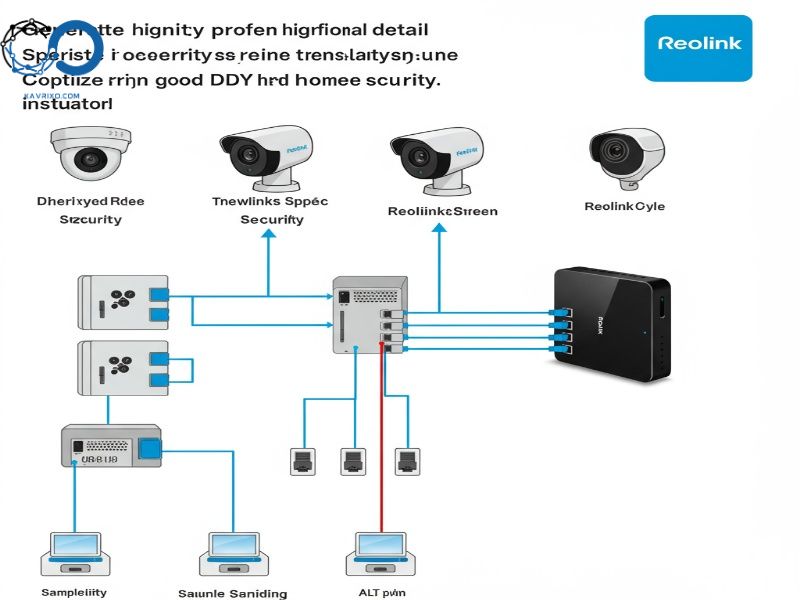
Feature Breakdown: What Makes Reolink Stand Out?
The true measure of quality lies in the specifications and performance features. To answer definitively are Reolink cameras good, we must analyze the key technical elements that define their product line.
Image Quality and Resolution: Beyond 4K
Reolink has consistently pushed the boundaries of consumer camera resolution. While many standard brands offer 1080p (2MP), Reolink frequently offers 4MP, 5MP, 8MP (4K), and even 12MP cameras.
- Clarity and Detail: Higher resolution is essential for surveillance. A 4K or 12MP sensor captures far greater detail, allowing users to zoom in on specific areas of the frame—such as a license plate or facial features—without the image dissolving into pixels. This capability is paramount when providing evidence to law enforcement.
- Color Night Vision: Many of the best Reolink cameras feature advanced low-light technology, often utilizing Starlight sensors or integrated spotlights. Traditional security cameras only provide black and white infrared footage in the dark. Reolink’s color night vision capabilities provide much more useful context and detail, making nighttime monitoring significantly more effective.
Connectivity Options: PoE, Wi-Fi, and Cellular
Reolink offers one of the most diverse ranges of connectivity options in the market, ensuring there is a solution for every installation scenario.
- PoE (Power over Ethernet): This is arguably Reolink’s strongest suit. PoE systems use a single Ethernet cable to transmit both power and data. This simplifies wiring dramatically, improves stability compared to Wi-Fi, and allows cameras to be placed further away from outlets. For professional, 24/7 recording, PoE systems are robust and reliable.
- Wi-Fi: Their Wi-Fi cameras are reliable, supporting both 2.4 GHz and 5 GHz bands for faster streaming and less interference. These are ideal for retrofitting existing homes where running new cables is impractical.
- Cellular/4G LTE: Reolink produces specialized 4G LTE cameras (like the Go series) that operate entirely without Wi-Fi or wired internet. These are perfect for construction sites, boats, rural properties, or vacation homes where connectivity is limited. This versatility is a major factor in determining are Reolink cameras good across different environments.
Smart Detection Capabilities (AI and Analytics)
Modern security cameras must be smart, filtering out nuisance alerts caused by wind, shadows, or passing animals. Reolink has significantly advanced its onboard AI processing.
- Person/Vehicle Detection: Most new Reolink models feature intelligent detection algorithms capable of distinguishing between people, vehicles, and generic movement. This drastically reduces false alarms, ensuring users are only notified when a genuine threat or relevant event occurs.
- Pet Detection: Some models even include specific detection for pets, useful for monitoring interior spaces or ensuring outdoor safety.
- Zoning and Sensitivity: The application allows users to customize detection zones and sensitivity levels precisely, tailoring the system to ignore busy roads or neighbor properties while focusing alerts on vulnerable entry points.
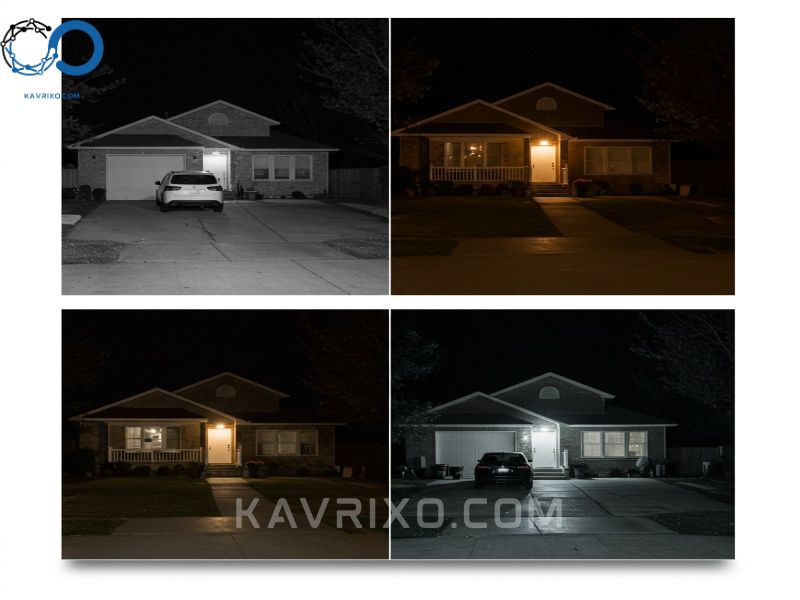
Read more: The Ultimate Guide to the 4K Night Vision Camera: Unrivaled Clarity in the Dark
Storage Solutions: Local vs. Cloud
One of the most compelling arguments for are Reolink cameras good lies in their approach to data storage and privacy. Unlike many competitors who push expensive, proprietary cloud storage subscriptions, Reolink heavily favors local storage.
- MicroSD Card Storage: Nearly all Reolink cameras support local storage via an onboard microSD card slot. This allows for continuous recording or event-triggered recording directly on the device, accessible via the app, without any monthly fees.
- Network Video Recorder (NVR): For multi-camera setups, Reolink NVRs provide centralized storage, supporting large hard drives (often up to 12TB) for weeks or even months of continuous 24/7 footage from multiple high-resolution cameras. This local retention capability offers peace of mind and complete ownership of your data.
- Optional Cloud: While local storage is prioritized, Reolink does offer an optional Cloud service for those who desire offsite backup for critical footage, maintaining flexibility for users who prefer redundancy.
Read more: Choosing the Best HDD Brand: A Comprehensive Guide to the Most Reliable Hard Drives
Addressing the Crucial Question: Are Reolink Cameras Good in Practice?
Specifications on paper are one thing; real-world performance is another. When deployed in challenging environments, how do Reolink cameras truly hold up? The practical performance of the system—reliability, user interface, and long-term cost—is key to a comprehensive review.
Reliability and Durability (Weatherproofing)
Security cameras must be able to withstand the elements. Reolink cameras, particularly their outdoor turret and bullet models, consistently feature high Ingress Protection (IP) ratings, typically IP65 or IP66.
- Weather Resistance: An IP66 rating means the camera is protected against powerful jets of water and is dust-tight, making it suitable for heavy rain, snow, and extreme temperature fluctuations common in most climates. This robust construction ensures long-term operational reliability.
- Consistent Performance: Users frequently report that the PoE models, due to their wired connection, maintain incredibly consistent uptime and connectivity, which is vital for continuous surveillance. Even the battery models are designed with efficient power management to maximize time between charges, ensuring they are ready when an incident occurs.
User Experience and Application Interface
A powerful camera is useless if the control software is clunky or difficult to navigate. Reolink’s software ecosystem, which includes desktop clients (Windows/Mac) and mobile applications (iOS/Android), is one of its strong points.
- Intuitive Design: The Reolink app is known for being intuitive and easy to set up. Pairing a new device, reviewing footage, and setting detection zones are typically straightforward processes, accessible even to non-technical users.
- Remote Access: The app provides reliable remote access, allowing users to view live feeds, playback recorded events from the NVR or SD card, and manage settings securely from anywhere in the world.
- Customization: Advanced users appreciate the deep customization available, especially within the NVR interface, allowing fine-tuning of recording schedules, frame rates, and bitrates for optimizing storage usage. This blend of simple setup and advanced options contributes significantly to why many experts conclude: are Reolink cameras good? Yes, because they appeal to a wide user base.
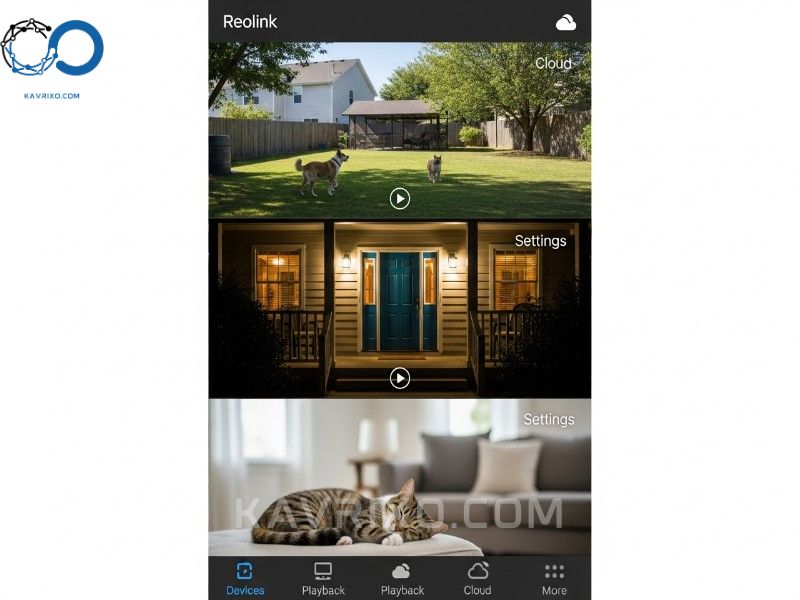
Long-Term Value and Total Cost of Ownership (TCO)
The true cost of a security system isn’t just the initial purchase price; it’s the recurring fees. Reolink excels in TCO.
- No Mandatory Subscriptions: As previously mentioned, the ability to store footage locally on SD cards or NVRs means that the core functionality of recording and playback is free forever after the initial hardware purchase. This saves hundreds, if not thousands, of dollars over the lifetime of the system compared to brands that lock features behind monthly paywalls.
- Hardware Longevity: The durable, weather-resistant construction of the hardware means systems rarely need replacing due to environmental failure, enhancing their long-term value.
- Free Software Updates: Reolink consistently provides free firmware and software updates, adding new features (like improved AI detection) and security patches, extending the useful life of the hardware.
Identifying the Best Reolink Cameras for Different Users
Given the vast range of products Reolink offers, understanding which models address specific needs is crucial. Asking are Reolink cameras good requires identifying the best Reolink cameras for different applications.
Best Budget Pick: The Essential Indoor Camera
For simple indoor monitoring, such as keeping an eye on pets or monitoring a nanny, the essential Wi-Fi cameras (like the E1 series) are excellent.
- Key Features: These typically offer 2K or 5MP resolution, pan-tilt capabilities (allowing the camera head to move remotely), and two-way audio.
- Value: They provide high-quality monitoring with local storage at a very accessible price point, making them perfect entry-level devices.
Best Overall Performance: High-End PoE Systems
For serious homeowners, small businesses, or anyone requiring 24/7 continuous recording with maximum reliability, the high-resolution PoE systems paired with an NVR are the gold standard.
- Example Models (e.g., RLC-1212A or RLC-811A): These models often feature 12MP resolution, advanced AI detection, and powerful optical zoom capabilities. The wired connection ensures maximum bandwidth and minimal latency, guaranteeing that critical moments are never missed.
- Recommendation: If you are building a new system or renovating, investing in a complete PoE kit is highly recommended for unparalleled reliability and scalability.
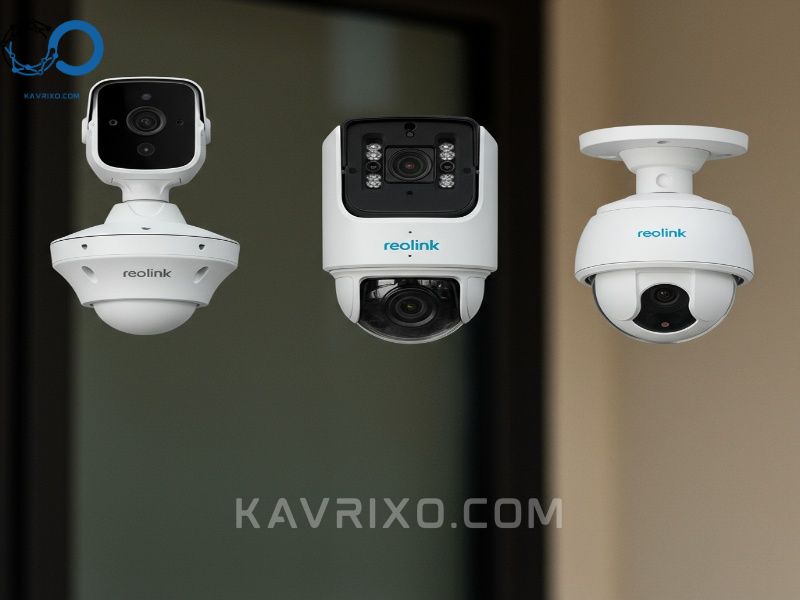
Best for Remote Locations: Battery and Solar Options
For locations where running power or internet cables is impossible, Reolink’s battery-powered and solar-capable cameras are indispensable.
- The Reolink Go Series: These cameras use 4G LTE cellular data and can be paired with a small solar panel accessory to maintain continuous charge.
- Ideal Use Cases: Farms, hunting cabins, gates, construction sites, and remote trails. The ability to deploy high-quality surveillance with months of battery life (extended indefinitely with solar) without any wires is a game-changer for remote monitoring. If your definition of are Reolink cameras good includes off-grid capability, these models stand out dramatically.
Potential Drawbacks and Considerations
While Reolink offers exceptional value and features, no product is perfect. A balanced review requires addressing certain limitations that prospective buyers should consider.
Compatibility Notes and Ecosystem Lock-in
While Reolink systems are fundamentally robust, they operate best within their own ecosystem.
- NVR Compatibility: While Reolink cameras support ONVIF (a common IP camera standard), their advanced features (like person/vehicle detection and high-resolution streaming) often perform most seamlessly when paired with a dedicated Reolink NVR. Integrating a Reolink camera into a third-party NVR might result in the loss of some smart features or necessitate complex configuration.
- Smart Home Integration: Compared to giants like Google Nest or Amazon Ring, Reolink’s integration with wider smart home ecosystems (like Google Home or Alexa) is functional but often less deep. While you can usually view the live stream via these platforms, advanced controls are typically restricted to the native Reolink app.
Customer Support Feedback
Customer support is an area where Reolink, like many high-value international brands, sometimes receives mixed reviews.
- Availability: While documentation and online resources are extensive, direct support response times can occasionally be slower than domestic, premium brands. Users often find that the technical support provided is effective once connected, but initial contact might require patience.
- Community Reliance: Due to the strong DIY nature of the brand, many users rely on Reolink’s active online forums and community support for troubleshooting specific issues, which is often faster than formal channels.
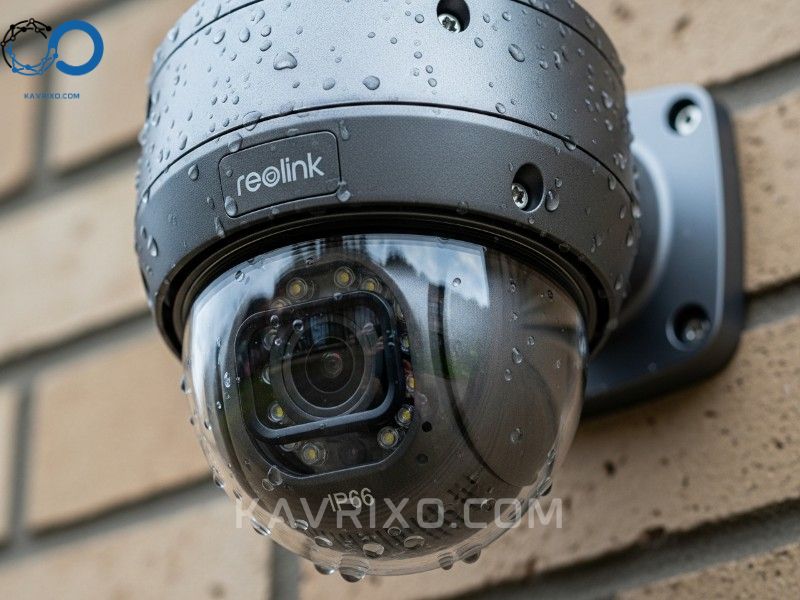
The Technology That Powers Reolink’s Value
To maintain such high quality at competitive prices, Reolink leverages specific technologies that prioritize efficiency and performance. Understanding these underlying mechanisms solidifies the answer to are Reolink cameras good.
H.265 Compression Efficiency
Modern Reolink cameras utilize H.265 video compression, a significant upgrade from the older H.264 standard.
- Storage Savings: H.265 allows 4K and 12MP video streams to be compressed much more efficiently—often reducing file sizes by 30% to 50% compared to H.264—without noticeable loss of quality. This is vital when recording 24/7 onto an NVR, as it effectively doubles the amount of footage you can store on a hard drive.
- Bandwidth Reduction: Better compression also reduces the bandwidth required to stream video, making remote viewing smoother, especially for high-resolution feeds.
Dual-Stream Technology
Many best Reolink cameras use dual-stream technology. This means the camera generates two separate video feeds simultaneously:
- Main Stream (High-Res): Used for recording 24/7 onto the NVR or for local playback when maximum detail is needed (e.g., 4K/12MP).
- Sub Stream (Lower-Res): A lower-resolution, lower-bitrate feed used for quick remote viewing on a mobile device or for immediate motion detection processing.
This feature ensures that the user interface remains fast and responsive while the highest quality recording remains uninterrupted in the background. It is a critical functional detail that separates reliable systems from sluggish ones.
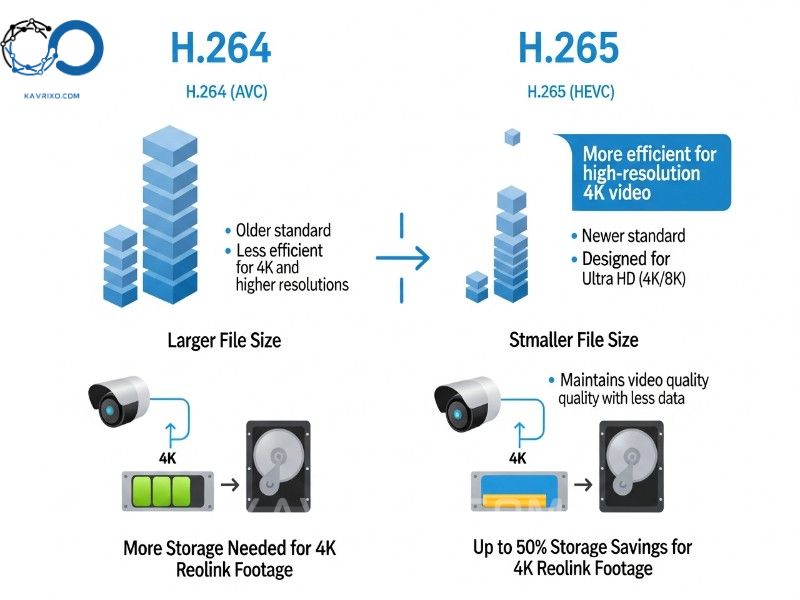
Final Verdict: Are Reolink Cameras a Smart Investment?
So, after a detailed examination of their origins, technical specifications, real-world performance, and product variety, we return to the central question: are Reolink cameras good?
The definitive answer is yes, absolutely.
Reolink excels by dominating the intersection of high resolution, feature density, and affordability. They successfully bridge the gap between expensive, professionally installed systems and cheap, unreliable consumer gadgets.
Reolink is the right choice for you if:
- You prioritize local storage and zero mandatory subscriptions. Their NVR and SD card options provide complete data ownership.
- You need high resolution (4K or 12MP) and reliable connectivity (PoE). Their wired systems are industry leaders in reliability for the DIY market.
- You require specialized solutions, such as solar-powered, off-grid surveillance (Reolink Go series).
- You are a DIY user who values easy installation coupled with powerful, customizable software.
While they may not have the instant, deep smart-home integration of some competitors, Reolink provides the essential foundation of effective security: reliable, high-quality video evidence, 24/7 operation, and robust hardware built to last. For anyone seeking professional-grade surveillance without the recurring fees, Reolink cameras represent one of the smartest investments available today.
